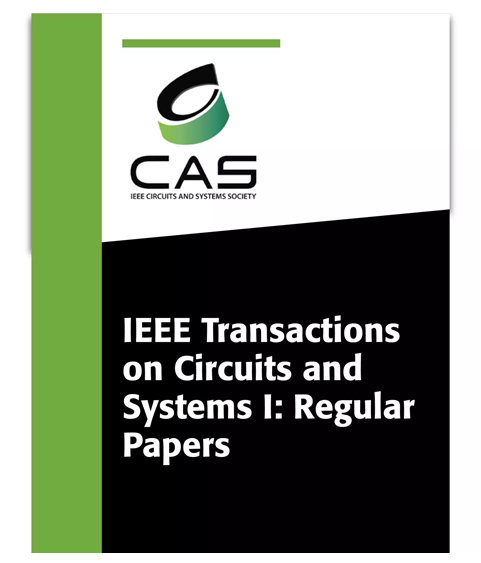用于5G 28 GHz和39 GHz应用的22nm FD-SOI双频功率放大器EVM测量的后门偏置控制分析
IF 5.2
1区 工程技术
Q1 ENGINEERING, ELECTRICAL & ELECTRONIC
IEEE Transactions on Circuits and Systems I: Regular Papers
Pub Date : 2024-11-22
DOI:10.1109/TCSI.2024.3487636
引用次数: 0
摘要
本文提出了一种覆盖5G n257至n260频段(24.25至29.5 GHz和37至43.5 GHz)的双频功率放大器(PA),采用22 nm全耗尽绝缘体上硅(FD-SOI) CMOS技术制造。它的设计是基于一个分布式平衡在输出,有效地执行一个宽带负载阻抗变换。每个晶体管的后门端子连接到不同的焊盘上,以进行详细的后门偏置变化分析。在5G新无线电(NR)调制信号测量下,我们展示了如何通过改变后门偏置来优化平均输出功率和效率,其中最优值取决于(i)信号带宽,(ii)载波频率和(iii)目标误差矢量幅度(EVM)值。据作者所知,在这项工作中,后门偏置控制对系统级EVM优值的影响首次被展示出来。总体而言,对于800 MHz带宽的5G NR信号,该放大器在27 GHz、6 dBm和40 GHz分别具有7.5 dBm和7.3%的平均输出功率和效率,在28和39 GHz频段的基于FD-SOI的宽带/多频段放大器中表现出色,其性能可与同类最佳的FD-SOI窄带放大器设计相比较。本文章由计算机程序翻译,如有差异,请以英文原文为准。
Analysis of Back-Gate Bias Control on EVM Measurements of a Dual-Band Power Amplifier in 22 nm FD-SOI for 5G 28 and 39 GHz Applications
This paper presents a dual-band power amplifier (PA) covering the 5G n257 to n260 frequency 2 bands (24.25 to 29.5 GHz and 37 to 43.5 GHz), fabricated in the 22 nm fully-depleted silicon-on-insulator (FD-SOI) CMOS technology. Its design is based on a distributed balun at the output that efficiently performs a wideband load impedance transformation. The back-gate terminal of each transistor is connected to different pads for detailed back-gate bias variation analysis. Under 5G new radio (NR) modulated signal measurements, we show how the average output power and efficiency can be optimized by varying the back-gate bias, which optimal value depends on (i) the signal bandwidth, (ii) the carrier frequency and (iii) the target error-vector-magnitude (EVM) value. To the best of the authors’ knowledge, the impact of back-gate bias control on the system-level EVM figure of merit is shown for the first time in this work. Overall, with 7.5 dBm and 7.3% mean output power and efficiency, respectively, at 27 GHz, 6 dBm and 5% at 40 GHz, for a 800 MHz bandwidth 5G NR signal, the presented PA shows outstanding performance among wideband/multiband FD-SOI-based PAs covering the 28 and 39 GHz bands, featuring comparable performance to best-in-class narrowband PA designs in FD-SOI technology.
求助全文
通过发布文献求助,成功后即可免费获取论文全文。
去求助
来源期刊
CiteScore
9.80
自引率
11.80%
发文量
441
审稿时长
2 months
期刊介绍:
TCAS I publishes regular papers in the field specified by the theory, analysis, design, and practical implementations of circuits, and the application of circuit techniques to systems and to signal processing. Included is the whole spectrum from basic scientific theory to industrial applications. The field of interest covered includes: - Circuits: Analog, Digital and Mixed Signal Circuits and Systems - Nonlinear Circuits and Systems, Integrated Sensors, MEMS and Systems on Chip, Nanoscale Circuits and Systems, Optoelectronic - Circuits and Systems, Power Electronics and Systems - Software for Analog-and-Logic Circuits and Systems - Control aspects of Circuits and Systems.

 求助内容:
求助内容: 应助结果提醒方式:
应助结果提醒方式:


